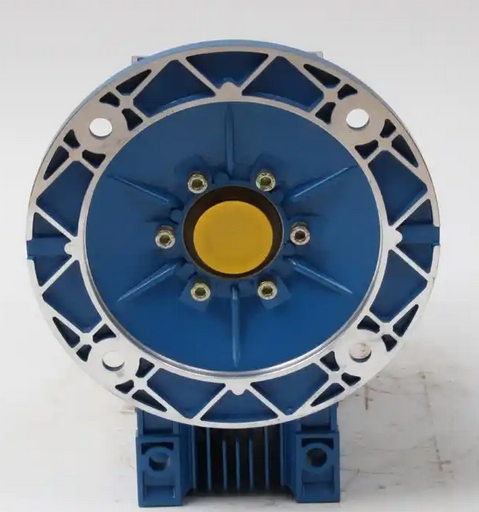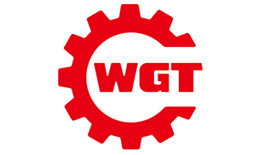When selecting an RV30-30-0.18KW aluminum worm gear reducer, what factors should be considered?
When choosing an RV30-30-0.18KW aluminum alloy worm gear reducer, the following factors need to be considered:Technical Parameter
Transmission ratio: determined based on the input speed and required output speed of the equipment. The transmission ratio of RV30-0.18KW reducer is 30, and it needs to be confirmed whether it meets the transmission requirements of the equipment. If the output speed required by the device is low and the transmission ratio is selected too small, it may not be able to meet the deceleration requirements; On the contrary, a transmission ratio that is too large may lead to a decrease in efficiency and an increase in heat generation.

Torque matching: Calculate the load torque of the device, including starting torque, peak load, and continuous operating torque, and ensure that the rated output torque of the selected gearbox is greater than the load torque. For RV30 reducers, there are generally corresponding specifications for the allowable torque, such as 24N · m in some cases. It is necessary to determine whether the requirements are met based on the actual load situation, and also consider a certain safety factor to cope with possible overload situations.
Power: The input power should match the motor power. The RV30-0.18KW reducer is designed to accommodate a motor power of 0.18KW. It is necessary to ensure that the selected motor power is within the rated input power range of the reducer to ensure its normal operation and avoid overloading or motor failure due to power mismatch.
Efficiency: The efficiency of worm gear reducers is usually between 60% and 90%, and the level of efficiency can affect the energy consumption and heat generation of the equipment. If the equipment needs to operate continuously for a long time, priority should be given to selecting a gearbox with higher efficiency to reduce energy loss and heat generation, and improve the stability and service life of the equipment.
working conditions
Environmental temperature: If the working environment temperature is high (>50 ℃), aluminum alloy reducers have better heat dissipation performance, but it may still be necessary to consider using high-temperature resistant lubricating grease to ensure the normal lubrication and operation of the reducer; If the ambient temperature is low, attention should be paid to the low-temperature fluidity of the lubricating oil, and lubricating oil suitable for low-temperature environments can be selected.
Humidity and dust: In humid or dusty environments, the gearbox is required to have a high level of protection, generally reaching IP65 or above. Products designed with double lip sealing rings and dust covers can be selected to prevent moisture and dust from entering the interior of the gearbox, causing parts to rust or wear.
Corrosive environment: If there are corrosive substances in the working environment, the worm gear can be made of tin bronze and nickel plated material, and the shell can be coated with epoxy resin to improve the corrosion resistance of the reducer.
Load type: For vertical lifting mechanisms, it is necessary to utilize the self-locking characteristics of worm gears to prevent the load from sliding down; For reciprocating loads, cyclic stress needs to be checked, and carburizing and quenching worm gears can be selected to enhance fatigue resistance; For high-precision positioning scenarios, dual lead worm gears or reducers with adjustable clearance structures can be selected to eliminate return errors.

